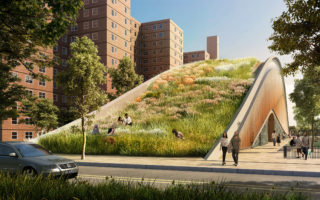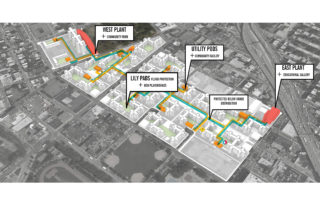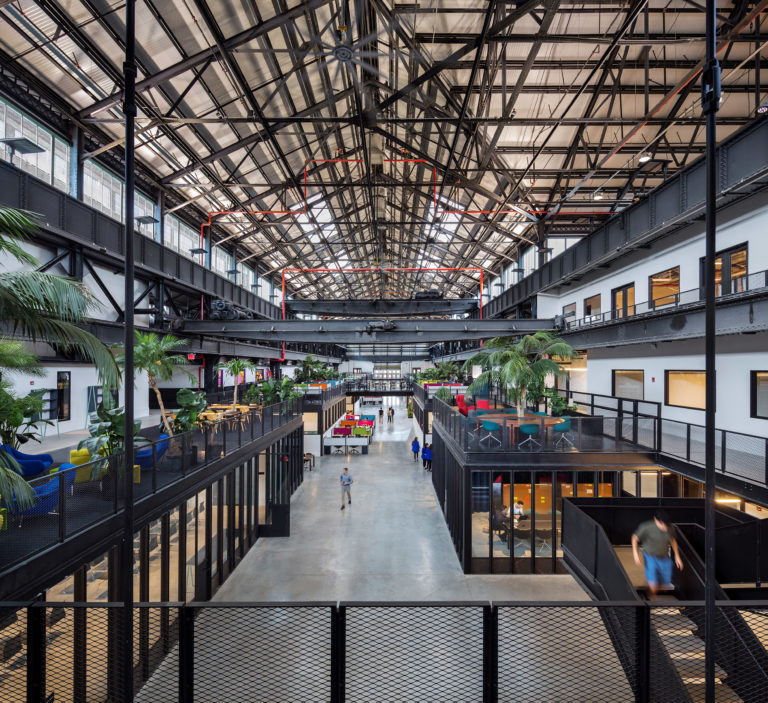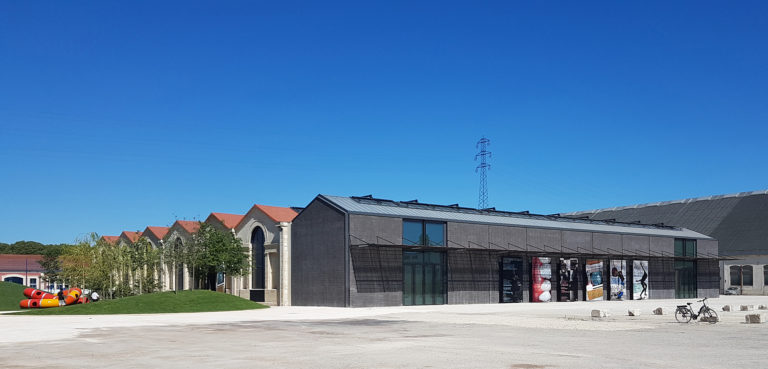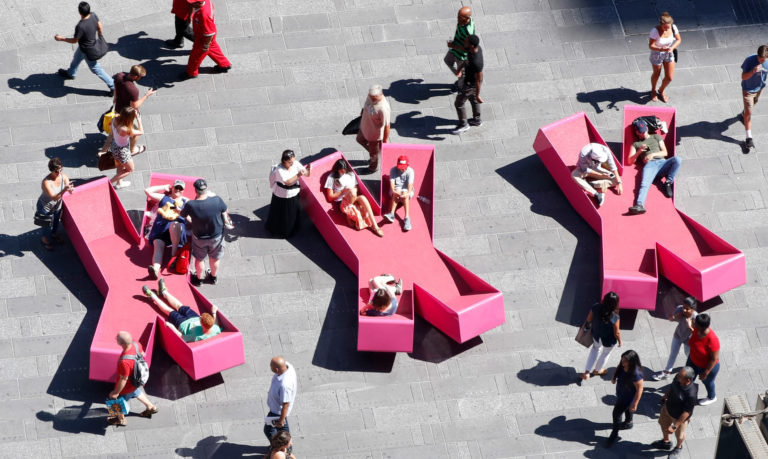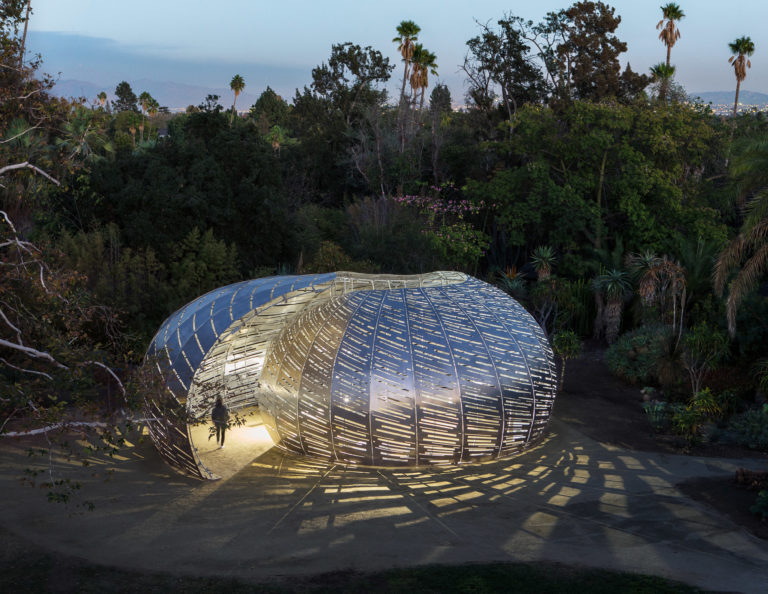Superstorm Sandy wreaked havoc in the Red Hook community of Brooklyn. Sandy left thousands of residents without power or access to basic necessities, including food and medical assistance. With floodwaters of up to five feet, Red Hook Houses’ infrastructure and building systems suffered dramatically. This design lessens the community’s vulnerability to natural disasters and improves the sustainability and livability of NYCHA’s Red Hook Houses, the largest NYCHA development in Brooklyn, home to around 6,000 people. Using focus groups, interviews, surveys, and workshops, this design and research approach incorporated community input at every phase, ensuring the development of a successful master plan that protected and strengthened the community. Following the failure of the buildings’ basement-located boiler plants, the master plan includes two freestanding buildings for boilers raised above groundlevel and 14 “utility pods” throughout the campus to distribute heat and electricity. This decentralized infrastructure protects the community against future storms by decreasing the likelihood of widespread utility failure. A nonobtrusive “lily pad” landscape solution provides floor protection to buildings and entrances, raising earth at the center of courtyards to create permanent flood barriers. The occupiable flood wall is supplemented by passive barriers, which automatically deploy in the event of high water.
Project facts
Location New York, NY
Architect KPF
Landscape Architect Olin Studio
Year 2016
Project Team Arup, Code Consultants, Inc., CodeNYC, Distinct Engineering Solutions, Friday Group, Ilkay Can Standard, LiRo Group, Tillett Lighting Design Associates, Vidaris, VJ Associates
Category Residential, Planning
AIANY Recognition
2017 AIANY Design Awards








